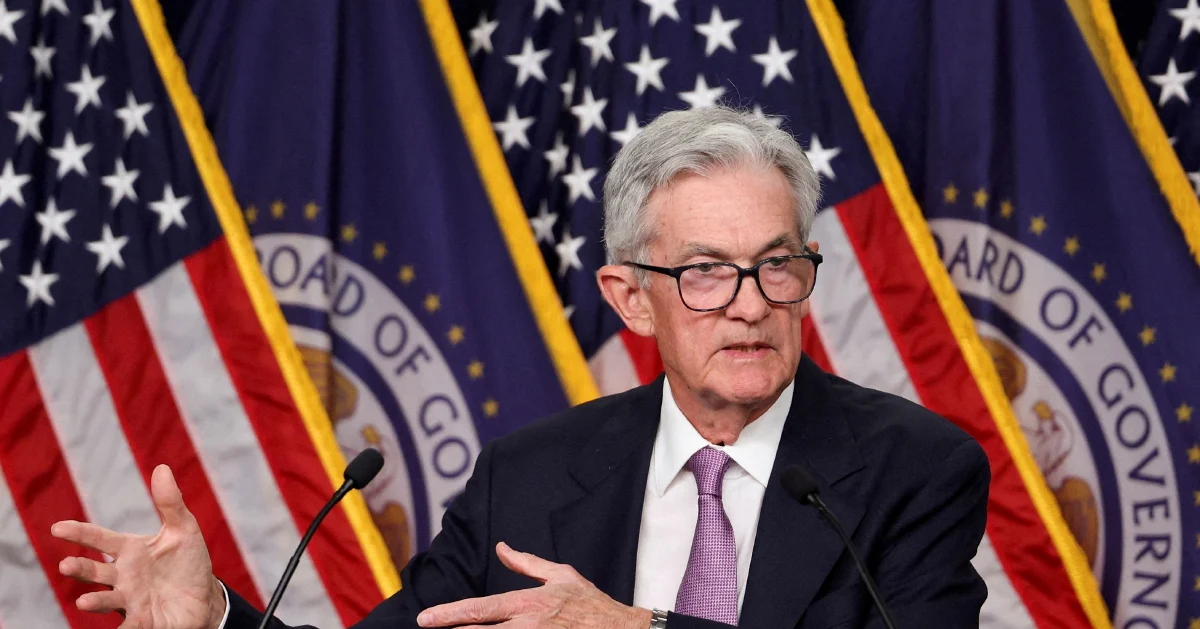Global equity markets treaded into negative territory today, spurred by fresh U.S. tariff announcements and fading optimism over aggressive interest rate cuts. The downturn was most pronounced across Asia, but ripples were felt in Europe and the United States as investors paused and reassessed risk.
Asia Leads the Slide
Asian markets registered sharp losses, particularly in sectors vulnerable to U.S. import restrictions. Pharmaceutical and biotech stocks bore the brunt of the fallout, as the new tariffs hit those industries directly. Meanwhile, China’s major indices also slipped modestly, contributing to the region’s overall malaise.
The weakness in Asian stocks was compounded by investors scaling back expectations that the U.S. Federal Reserve will ease policy aggressively. Recent U.S. economic data—especially on durable goods and GDP revisions—has painted a sturdier picture of growth, eroding confidence that rate cuts are imminent.
Tariff Shocks and Shifting Sentiment
The market tremors were triggered when Washington unveiled sweeping new duties on imported goods, including steep levies on pharmaceuticals, heavy trucks, and household products. These measures, set to kick in shortly, introduced a fresh layer of uncertainty to global trade dynamics and raised fears over retaliatory actions.
In parallel, the more upbeat economic data from the U.S. forced a recalibration of rate cut expectations. Investors pared back aggressive dovish bets on the Fed, now pricing in a more cautious and gradual easing path. The U.S. dollar tightened its grip on strength, pressure mounted on yield-sensitive assets, and volatility surfaced across bond and commodity markets.
Mixed Signals in Stocks, Bonds, and Commodities
- Equities: U.S. futures edged lower, reflecting reinforced caution. European markets held up slightly better, buoyed by sector-specific catalysts and internal drivers, but the mood remained fragile.
- Fixed Income: Yields generally rose as bond markets digested less certainty around central bank support. The recalibration of expectations tilted investors toward safer, shorter-duration instruments.
- Commodities: Oil found support on supply fears and geopolitical tensions, while precious metals like gold traded with modest premiums, reflecting their role as hedges in times of uncertainty.
- Currencies: The dollar strengthened against most major peers, reinforcing the headwinds faced by emerging markets and export-dependent economies.
What to Watch Next
- U.S. PCE inflation print: As the Fed’s preferred gauge, this report could tip the balance in favor of future rate moves.
- Corporate earnings reports: Especially in sectors exposed to trade risk—pharma, industrials, autos.
- Supply chain disruption and trade retaliation: Any foreign response to U.S. tariffs could deepen volatility.
- Central bank signals globally: Reactions from the ECB, Bank of Japan, and China’s central bank may amplify or counterbalance U.S.-driven trends.
In short: markets are wrestling with renewed trade tensions and recalibrated expectations of monetary easing. What was a cautiously optimistic rally is now giving way to a more defensive posture, as investors weigh how long growth momentum can hold under mounting policy uncertainty
















Leave a Reply